Talking Shop
We reviewed two great resources on this talking shop episode. Sarah chose The Magic Words: Writing great books for children and young adults by Cheryl B. Klein, and Ashley took a new approach and discussed an article she’d read:
World Line and Narrative Realism. Julia J.C. Blau and Amy Rose Capetta. Journal of Creative Writing Studies. Vol. 5. 2020. Article 9.
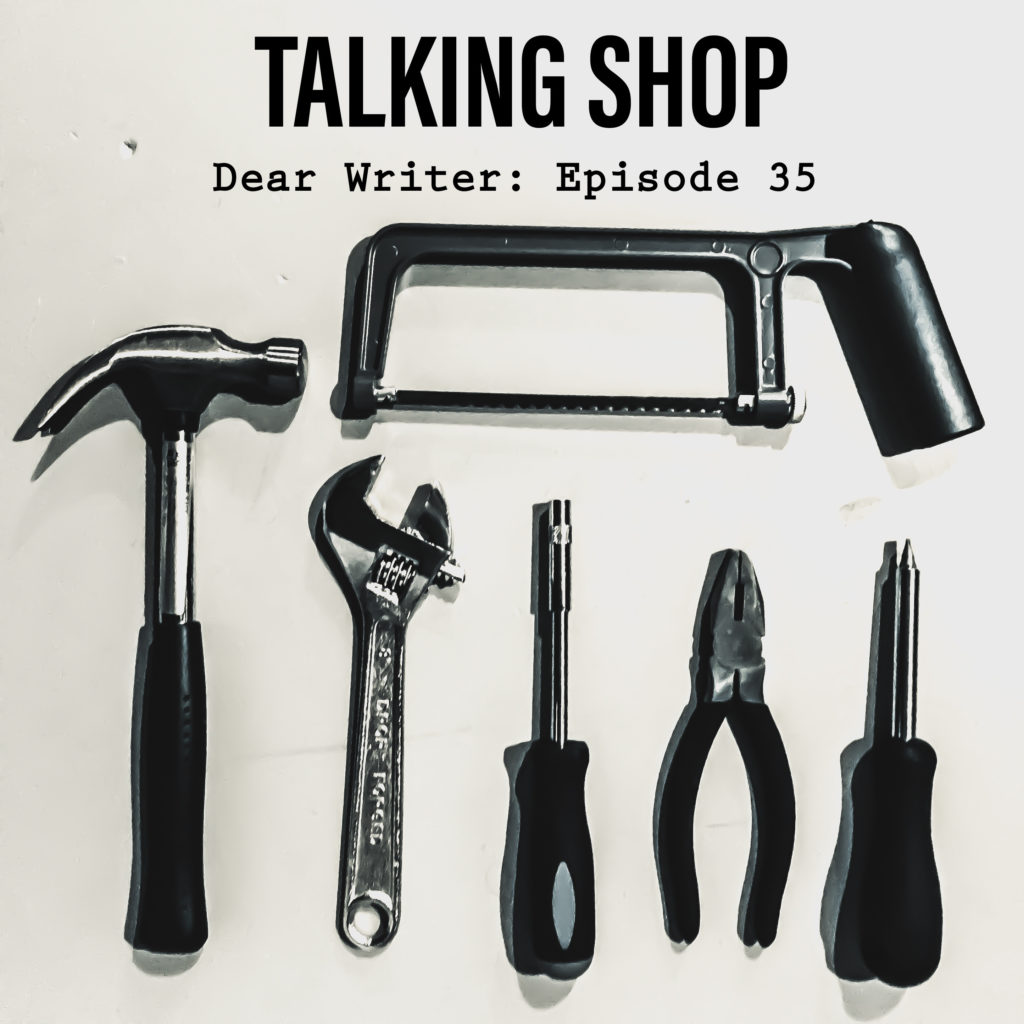
Episode Summary
Sarah kicked things off in this episode by talking about her tool of the month, a book called The Magic Words: Writing great books for children and young adults by Cheryl B. Klein. What she really liked about this book was that not only does it give a ton of great advice on the art and craft of writing, it also goes deeper into the YA and children book genres, and talks about the age of the characters, how to write from a younger perspective, on average how many words each age group is reading, and how to relate to your audience. Sarah read out a couple of quotes from the book, which brought up some interesting points on character development, and also on pacing your story.
Ashley did something a little different this month, and reviewed a journal article about writing structure:
World Line and Narrative Realism. Julia J.C. Blau and Amy Rose Capetta. Journal of Creative Writing Studies. Vol. 5. 2020. Article 9.
The article discusses how difficult it is to create an immersive narrative, and the difficulty writers have making a story feel real to readers even if it is set in unfamiliar/otherworldly settings and times; fantasy and Sci-fi. Most writers aim to create a consistent and believable world without removing the reader from the experience. The problem becomes when, and this is an example the authors use, the reader is enjoying a book set in space with aliens as the main characters and say “that’s not realistic”. Not because of the setting, but because the character chose to leave their backpack behind before they left on their grand adventure. This takes the reader out of the story. The authors spend the rest of the paper explaining this phenomenon to us, and gives us some tools to prevent it.
The authors use the concept of a world line to describe a character and to keep in mind how these characters can act consistently to make your story more immersive. A story has an infinite set of events (rules). These are the rules of your world. You need to know all of them. But not necessarily include all of them This is termed the ‘infinite set’. Within the infinite set, is your character’s world line. This is the collection of events and affordances that are meaningful to a particular character, which constitute the complete narrative of that person’s life. Within the ‘world line’ is the narrative which does not include all the events from the world line, and doesn’t include events from outside the characters world line.
And as always, we talked about what we are reading this month. Sarah was reading a YA book, Even If We Break by Marieke Nijkamp. She outlined several issues she’d had reading this book, but though there were a few things that could have been done better, Sarah summed up that is was an entertaining read and held her interest due to the likeable characters. However, if you are bothered by being able to guess the ending in mystery thrillers, this might not be the book for you!
Ashley struggled to find time to read a novel this month, and in place of that she discussed a thought-provoking journal article about historical fiction, called:
Beyond ‘is it true?’: the ‘playframe’ in historical fiction. Melissa Addey. 2021. New Writing.
This article argues that historical fiction should be judged equally on historical accuracy and the fictive elements of the work. Not solely on historical accuracy which leaves authors exhaustingly defending every single deviation from history in their books. There’s even a term for it: ‘anxiety of authenticity’. The author breaks it down into three types of historical fiction:
- the ventriloquist – rare – uses massive amounts of material used verbatim. E.g., #Berlin45 by Philip Gibson
- The mosaic-maker – Most common. Takes fragments of an incomplete history and add fictive elements to complete the story. The mosaic maker is intrigued by scanty history and seeks to create their vision of the past from fragments. E.g., The Underground Railroad by Colson Whitehead
- The Magician – Uses magical realism to work around historical events. E.g., The Book Thief by Marcus Zusak.
The author asks us to look beyond the factual accuracy and ask more interesting questions about the insights, lessons and questions raised by historical fiction authors.









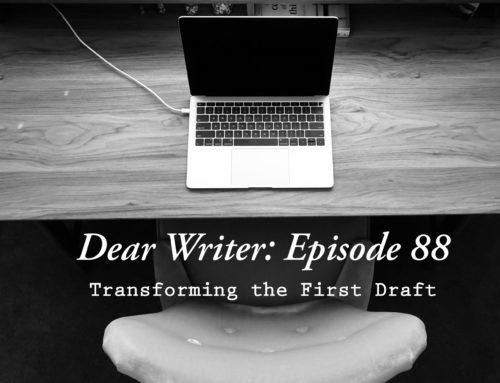
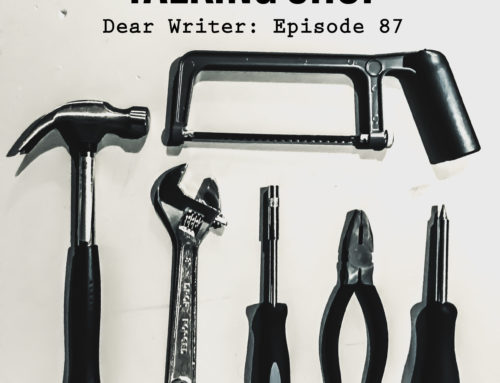



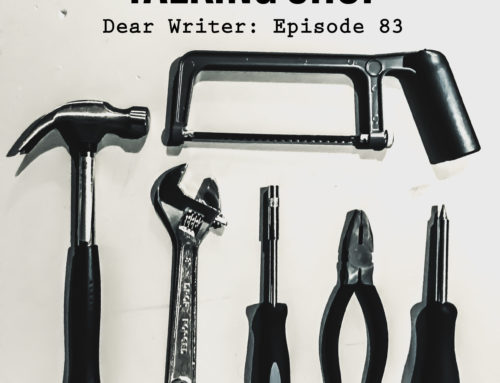


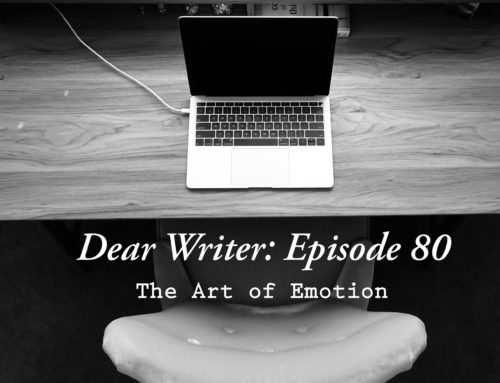
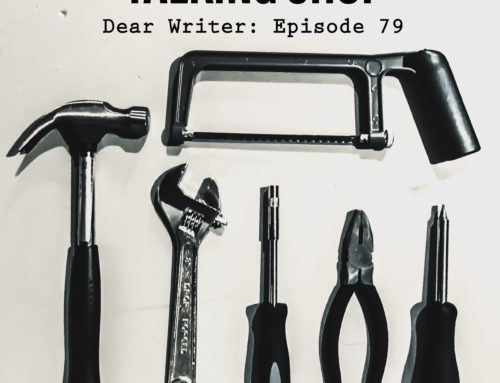
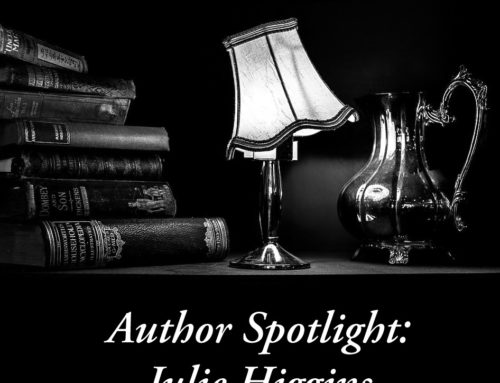

Leave A Comment